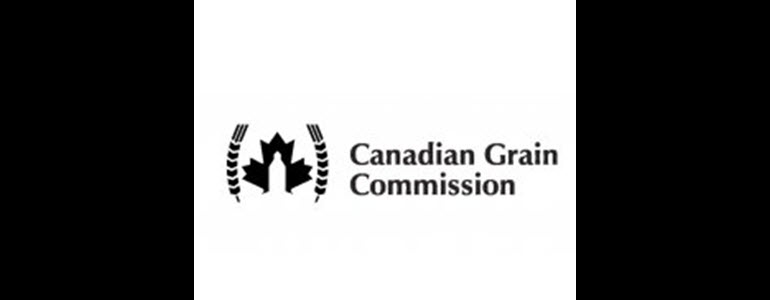
The Canadian Grain Commission (CGC) is set to roll out several significant changes to grain grading for the 2024-2025 crop year.
Following extensive consultations with industry stakeholders and the Western and Eastern Standards Committees, these changes aim to improve Canada’s grain quality assurance system and better serve the needs of both local and international grain buyers.
One of the key changes involves the establishment of new variety designation lists for food barley. Food barley is distinct from malting or feed barley due to its specific quality characteristics, such as high beta-glucans, which are desirable for food applications.
The new designation lists for Barley, Canada Eastern Food, and Barley, Canada Western Food, will take effect on July 1, 2024, and August 1, 2024, respectively.
These lists will help Canadian farmers and the agricultural sector take advantage of the benefits associated with producing these unique varieties.
The CGC is also updating the way seed coat discolouration in soybeans is assessed.
As part of an ongoing modernization project, the Official Grain Grading Guide will be revised to include updated definitions and grade determination tables related to soybean staining, effective August 1, 2024.
Additionally, new photographs will be included in the online guide to help users evaluate seed coat discolouration more effectively.
Another important update is the reformatting of grade determination tables in the Official Grain Grading Guide.
Effective August 1, 2024, these tables will be presented in a more user-friendly format, with grain grades listed vertically and grading factors listed horizontally.
This reformatting is intended to make the tables easier to use without altering any grading factors or tolerances. Both the new and old table formats will be available online for six months to ease the transition.
The CGC, under the Canada Grain Act, is responsible for setting and maintaining Canada’s grain grading system.
These updates, developed in collaboration with industry stakeholders through the Western and Eastern Standards Committees, aim to ensure fair compensation for producers and maintain Canada’s reputation for high-quality grain.
“The Canadian Grain Commission values stakeholder input and is implementing these changes based on feedback from the sector. They will support continued growth and Canada’s reputation as a dependable source of high-quality grain,” stated David Hunt, Chief Commissioner of the CGC.
These changes are expected to strengthen Canada’s standing as a reliable source of premium grain, benefiting both the Canadian agriculture sector and international consumers.

